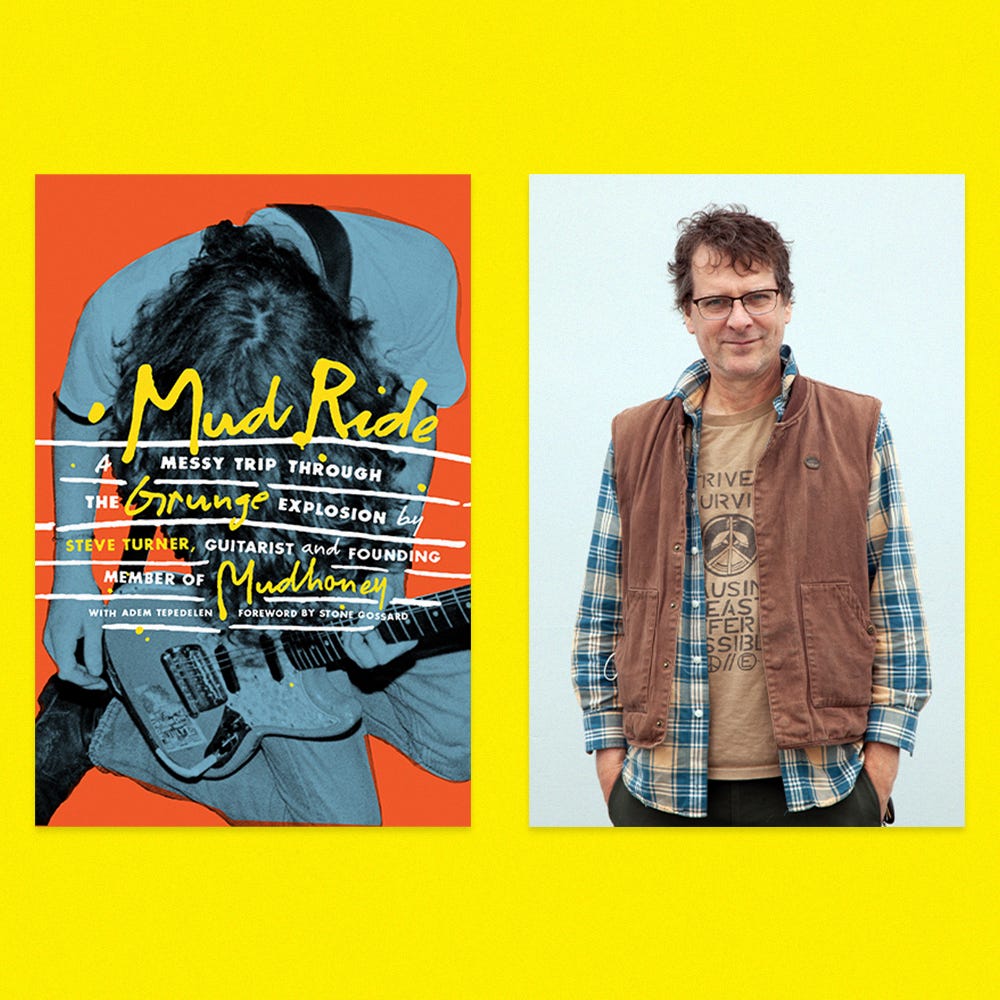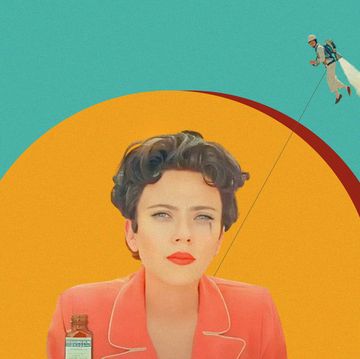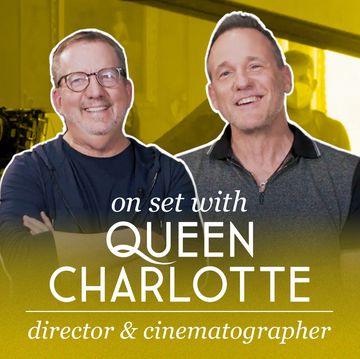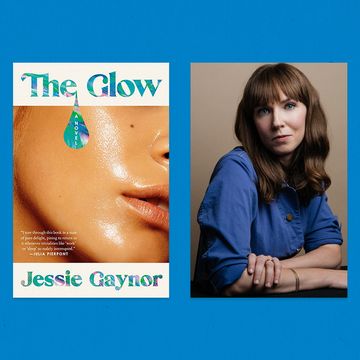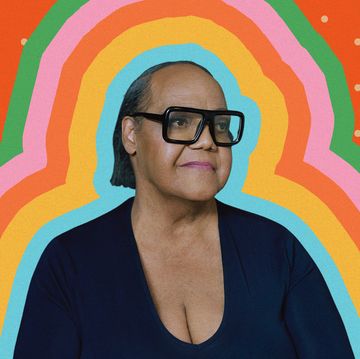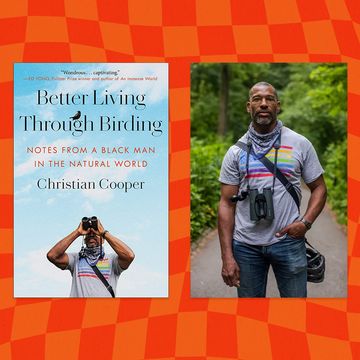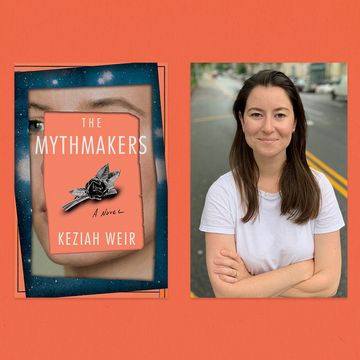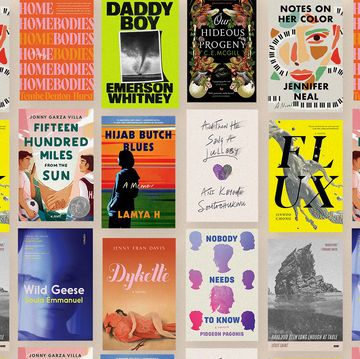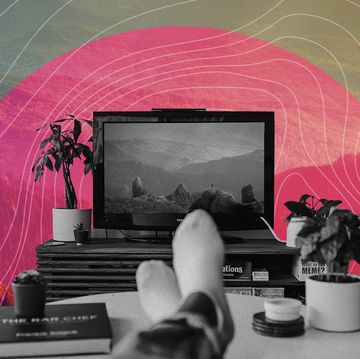Rolling Stone called him “the Eric Clapton of grunge.” Steve Turner, guitarist and co-founder of the seminal Seattle band Mudhoney, is arguably one of the most influential figures in rock music. In 1982, the self-proclaimed “total punk rock skateboard kid” befriended two “metal dudes,” Stone Gossard and Jeff Covell, from his high school. The trio formed a band, the Ducky Boys, and their melding of punk and hard rock served as a springboard for what would eventually come to be known as grunge music.
In the late 1980s through the mid-1990s, grunge was everywhere. From MTV and radio to movie screens and fashion runways, it seemed as though there was no aspect of pop culture that wasn’t in some way affected by the so-called Seattle sound. Much of the hoopla stemmed from the release of three massively successful albums in the fall of 1991: Pearl Jam’s Ten, Soundgarden’s Badmotorfinger, and Nirvana’s Nevermind. But as Turner describes in his new book, Mud Ride: A Messy Trip Through the Grunge Explosion (co-written with journalist Adem Tepedelen), there was so much more to that era than just a few albums that happened to make it to the top of the charts.
“I definitely wanted to focus a lot of it on the pre-explosion Seattle music scene,” he tells Shondaland. “You know, punk rock and what led to the grunge thing that happened with Nirvana and Pearl Jam. There’s so much that happened before that. Some of it’s been told [before], but not really from an insider’s perspective.”
After playing in a couple of bands, including the legendary Green River, with Stone Gossard (who would eventually form Pearl Jam), Turner and his friend Mark Arm formed Mudhoney, who would go on to become one of the most widely respected bands to come out of the scene. Two of their albums were included on Rolling Stone’s list of the 50 Greatest Grunge Albums. “Overblown,” their snarky reference to the media’s obsession with Seattle, was a standout track on the Singles soundtrack, and their second album, Every Good Boy Deserves Fudge, sold so well, it reportedly pulled their record label, Sub Pop, back from the brink of financial disaster. Thirty-five years later, the band continue to tour and record new music; their eleventh studio album, Plastic Eternity, was released in April, and this fall they’ll launch a U.S. tour.
Still, Turner remains modest about his success, referring to himself in the book as an “accidental rock star” and balancing his music career with various day jobs, including landscaping. “People in other countries are really surprised by that,” he says. “Europeans are like, ‘You have to work?’ Yeah. ‘But you’re Mudhoney!’ We’re like, ‘Yeah. Our bank account doesn’t know that.’” [Laughs.]
Turner recently spoke with Shondaland about the rise and fall of grunge, the future of Mudhoney, and why he doesn’t regret turning down an offer to join Nirvana.
SANDRA EBEJER: Congratulations on Mud Ride! What was the process like of researching and writing this book?
STEVE TURNER: Well, it was a partnership with Adem Tepedelen. It was good. We did a lot of Zoom interviews because this was a Covid lockdown project. And it’s kind of funny — I started off fact-checking stuff and then stopped, thinking it’s my version [and] memory of things. I’m sure the other guys in Mudhoney are going to disagree with some of the things I remember, but ...
SE: They can write their own book.
ST: Exactly, yeah. I was like, you know what? This is my book; these are my memories. This is how I would tell it in an interview for a magazine, so I’ll just keep going with it.
SE: If there is an underlying theme of this book, it’s “I didn’t expect any of this to happen.” As someone who was just playing music for fun with no career aspirations, what was it like to be in Seattle during the late ’80s through the mid-’90s when the rest of the world suddenly turned its attention to your hometown?
ST: Oh, it was exciting. I mean, there were a couple different stages of the Seattle explosion. Mudhoney started getting attention pretty early on. By the fall of ’88, we were getting a lot of media attention and going on tour, and by ’89, when we went to the U.K. with Sonic Youth, that was the first explosion where the international media started taking note of what was going on in Seattle. So, there’s this weird couple of years where we were getting a lot of attention, and the bands that went on to explode huge were getting less attention, but we could feel something building and growing. When [Nirvana’s] Nevermind came out, that was just insane. We were all collectively really happy for Nirvana. It was exciting. Then the media attention that came after that was ridiculous and bonkers. And it just went more and more bonkers for a couple of years until tragedies started happening.
SE: For those of us who were outside looking in, the rise and fall of grunge seemed to align closely with the meteoric rise and untimely death of Kurt Cobain. As someone who knew him personally and toured with him, what was it like to see him go from just a local musician to the supposed “voice of a generation”?
ST: Well, I think it’s understood he didn’t want to be the voice of a generation. It’s really sad. I didn’t know him real well. We didn’t have a lot of close conversations. He was a very shy person. And by that point [of becoming famous], he was well over his head and was retreating further. But in the early days, we all had a great time. It was all fun and games until it wasn’t, I guess. I think that’s the nature of addictions and young, confused people.
SE: It was interesting to read about the fall of 1993, when Mudhoney toured first with Nirvana and then with Pearl Jam, and the vast differences between those two camps. What did you learn about how to handle fame from watching these other bands as they became more and more known?
ST: We learned that Pearl Jam was doing it in a much more thoughtful way. There wasn’t chaos surrounding them. Nirvana just had chaos because the leader was in complete denial of what was going on, so they gave away their power to managers and the record label. They made decisions to make Nevermind a very commercial-sounding record. They wanted success, but I don’t think they wanted that much. I think they wanted next-level [fame]. They’ve gone on record saying they were hoping for Sonic Youth-level success, and they obviously far surpassed that.
The takeaway was that Nirvana was chaotic and disorganized, and Pearl Jam were very happy with where they were. They were excited, and they surrounded themselves with good people. A lot of their crew are the same people [they’ve had] since 1993. That says a lot. Their manager retired, but one of their original techs is now their manager. I mean, it’s a family. You can’t really take them to task. Pearl Jam has done things very well. I really admire them.
SE: The Singles soundtrack was a huge success. What impact did that album have on your band and its popularity outside of Seattle?
ST: We weren’t initially going to be on that record, but Mark [Arm], myself, and Bruce Pavitt of Sub Pop went to Cameron [Crowe’s] office and demanded that we be on the soundtrack [laughs]. I’m happy that we’re on it. I’m not gonna say we stand out on it, but we’re definitely a little bit more acerbic and punk rock than some of the other stuff. That’s an iconic record, so I’m real happy to be on that, but it didn’t really change anything for us. We just kind of kept doing our thing.
SE: Much of the book reads like a love letter to Seattle. You really seemed to enjoy growing up there and playing music. But then you write that “Seattle was no longer the city it had been five or six years previously. Things had gotten weird.” What impact did this brief period have on the atmosphere of the city?
ST: Seattle was kind of a victim of its own success in some ways. It grew so fast, and that dot-com explosion, and then the fall of that — those were a couple of weird years. I started feeling less and less at home there. It just happened to coincide with when Mudhoney wasn’t doing anything. [Bassist] Matt Lukin had retired, and we were taking some time off. We had all started working day jobs. And there were all these 21-year-old dot-com millionaires sitting around in cigar bars smoking cigars, talking about their portfolios. It was just a weird feeling to me. I’d been going down to Portland more and more, and Portland reminded me of Seattle from when I was a kid, kind of rough and smaller scale. There’s also a lot of skateboarding down here, and I was still aggressively skateboarding at that point. And I’d had a family, so I thought Portland to be a good place to [live]. I love going up to Seattle and visiting. I go up there a lot. But I can’t see how I could even afford to live there at this point.
SE: You were asked to be a second guitar player in Nirvana, but you turned it down. Any regrets over that decision?
ST: The Nirvana thing seemed ridiculous to me at the time. When Krist [Novoselic] and Dave [Grohl] were talking to me about that, I was just like, “No!” [Laughs.] That’s not a regret. That’s just one of those kind of funny [thoughts], like, “Huh. It would have been nice.” Because Dan [Peters], Mudhoney’s drummer, was in Nirvana for a month — played one show, recorded one song, and did one interview and photoshoot — and he still gets residual checks. Like when they do a box set of Nirvana, Dan gets a nice little bonus. So, it’s like, “God, maybe if I’d been there long enough to record one song …” I wouldn’t have lasted. I couldn’t have handled their brand of chaos. Even before they were successful, they were still pretty chaotic as people. So, that’s not a regret.
SE: You have a great bit of wisdom in the book: “Harmony is one fret away.” Though it sounds like it’s a self-care bumper sticker, you write that it’s something you’ve relied on during your musical career. Can you share what it means and why it’s been so beneficial to your playing?
ST: I learned that from Leighton Beezer, who was the leader of the Thrown Ups, this kind of joke band that Mark and I had been in, off and on, since 1986. It was a band that didn’t rehearse; it was just improv, basically. And he just threw that out there one day. Like, “If it sounds really, really bad, just move one fret either direction, and a chord will appear” between his bass and my guitar. It always stuck with me. It’ll sound better one fret either direction. I still, if I’m in the middle of some crazy solo, and it starts going off the rails, move one fret. I think it’s a perfect musical lesson.
SE: You say in the book that you thought Mudhoney would last a year or two. This year is your 35th anniversary, and the band just released their 11th studio album. How are things with the band now? Are you having as much fun as you did when it first began?
ST: Yeah. I mean, Covid took some of the fun out of touring because when we do tour, it’s [about] seeing friends that we have all around the world. And last year, when we finally got back out on the road, we had to stay away from people, and that took a lot of the fun out of it. We all got Covid anyway [laughs]. But yeah, we like to do it. We’re trying to be on a schedule of doing a monthlong tour every six months. Guy [Maddison, bass player] just moved back to Australia, so that’s a big wrinkle in the plan.
SE: Is that going to change anything as far as the future with the band?
ST: We haven’t crossed that bridge yet. We’re on a five-year schedule when it comes to records. We have a U.S. tour coming up in October and November, and I think something is being planned for the springtime, probably Europe again. That’s about as far out as we are prepared to go. I’m sure we’ll start working on new things along the way. I know I plan to. I’m actually gonna go record some stuff with Stone coming up here in a few weeks, so that’ll be fun.
SE: If you’re on a five-year plan with Mudhoney, what do you do creatively in between? Because based on what you share in the book, it seems like you always have something that you’re doing on the side.
ST: I was in a band called Sunday State off and on. That was fun. I disparagingly call it dad rock, but it’s hobby rock, for sure. The guys are great, and we come up with really good stuff, but one of them moved to Hawaii, and one of them moved to Germany, so that makes it a little harder. That said, we’re going to do some more recording, so I’ve got two recordings coming up. I’ve agreed to do a couple of solo shows in the near future. I’m going to be doing some book readings and things like that. I might incorporate some acoustic songs into some of those as well.
SE: What advice do you have for kids who want to get a start in music?
ST: Well, it’s pretty easy. Just play music with your friends, whether anybody knows how to play instruments or not. Find people you like, and go from there and see what happens. When we were young, there was the one camp of people that would put ads in the newspapers saying, “Looking for a band to hit No. 1. Must have a car.” We never did that. Whoever is around, your roommates or whatever, just form a band. That’s my best advice, honestly.
This interview has been edited for clarity and length.
Sandra Ebejer is a New York-based writer who has contributed to The Boston Globe, The Washington Post, Greatist, Flood Magazine, and The Girlfriend from AARP. Find her on Twitter @sebejer.
Get Shondaland directly in your inbox: SUBSCRIBE TODAY
